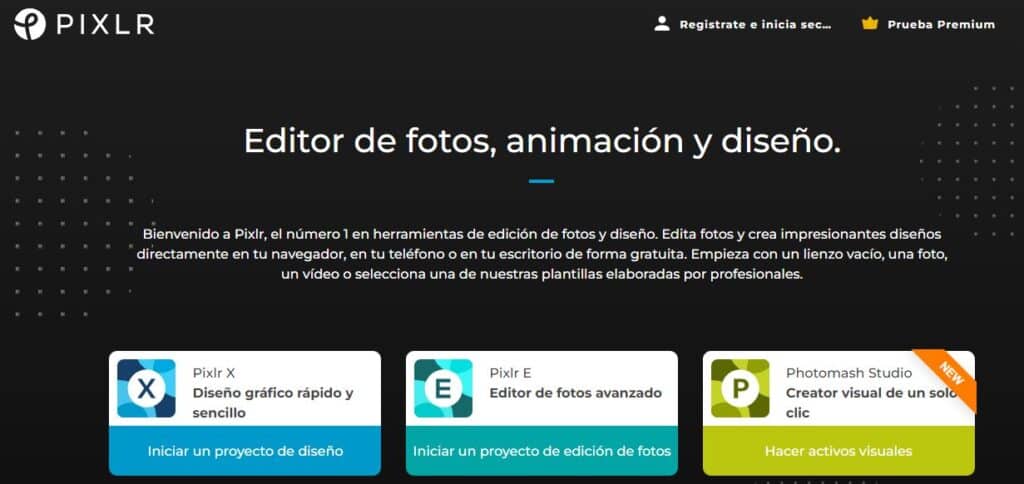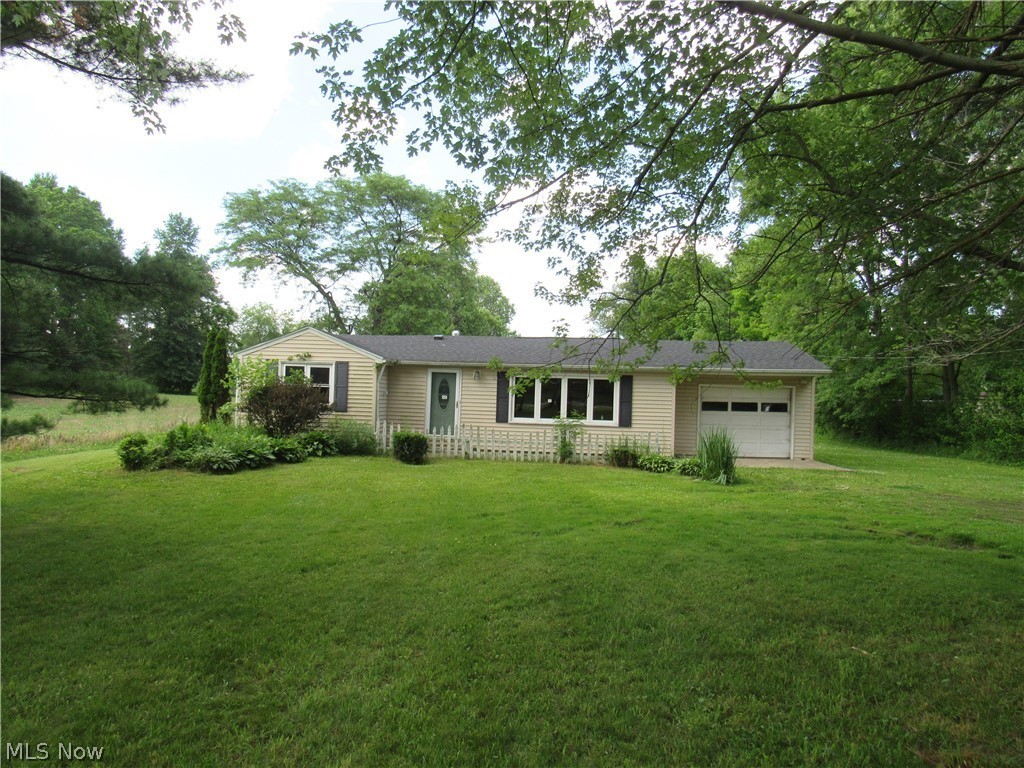
Over time, our researchers built a plethora of light-weight mobile deep learning models in the areas of real-time capturing, post-processing, curation and recommendations. Applications were limited, frameworks were buggy and crash-prone, and our team here at Polarr jumped straight into this opportunity to look for ways to build novel photography and videography use cases that could be carried out directly on a cellphone without the need of an internet connection, consumed very little memory, and also did not drain the battery from the power draw. This coined the concept of edge compute, where deep learning applications were carried out directly on the consumer hardware. Semiconductor and cellphone makers starting in 2016 began putting more and more dedicated compute units for neural networks such as Neural Processing Units (NPUs), Tensor Processing Units (TPUs), and other data-path optimized blocks onto the System-on-the-Chip for cellphones and IoT devices. This was a market opportunity that we needed to exploit.

Before a model could even be deployed, thousands of dollars needed to be spent on cloud services in training, not to even mention the cost of actual inference. This cost would be intolerable for startups in the AI space with limited funding. The most economical option for the oldest generation cloud GPU instances on AWS still cost at least a dollar per compute hour. Finally, cost was a big deterrent for this type of use cases. For realtime applications such as live video rendering, the delay caused by uploading, processing, and downloading the very data that was captured would be unacceptable. Secondly, there was the issue of latency. Moreover, one had to take the leap of faith that the service provider would not sell the personal data to bad actors or make an illicit profit at her loss. The transmission, storage and processing of this personal data had to be done in a secure and private manner. Large amount of personal information, photos and videos needed to be uploaded in order to be used for deep learning. Firstly, there was the concern over privacy. When a user went on Google Photos to search for a photo of her pet, the actual image processing was all done in the cloud. This was in fact how majority of the photo applications’ AI capabilities were powered in the early days. In order to do image recognition, object detection, and segmentations, input frames must first be uploaded to the compute cloud over 3G network, processed in the GPU farms, and then transmitted back to the users for interactions. At the time, however, deep learning was a very computationally intensive and power hungry endeavor, one that was only suitable to run on large scale Graphics Processing Units (GPUs) that were in server farms and expensive mainframes.
#Polarr photo editor closes itself trial
Any unused portion of a free trial period will be forfeited when the user purchases a subscription during free trial.Deep learning and computer vision on the edge is the technology that enables Polarr’s photography applications in both the consumer and enterprise applications.īack in 2015, when we first started Polarr, there was already a buzz on Stanford campus over the excitement of deep learning and its endless applications in the visual perception and natural language processing prowesses. You may manage your subscription and turn off auto-renewal by going to your Account Settings after purchase. The subscription fee is charged to your iTunes account at confirmation of purchase.

Subscriptions auto-renew, unless canceled 24-hours in advance before the end of the current period.

Pricing in other countries may vary, and charges may be converted to your local currency depending on the country you live in. Unlock unlimited effect and filter saving. * Under Red: Make your content the headline with dramatic redsĮxperience limitless creativity with access to all content and tools while supporting our Polarr 24FPS community! Get full, unlimited access to all exclusive effects and filters. * Digital World: Jump into the world of cyberpunk with unique Lo-Fi effects * Countdown: An edgy 90’s digital camera vibe with an immersive countdown * Burning: Light up your content with this lit, elemental filter * Starflight: Travel lightyears into space with sparkling stars Attract more fans by taking your visuals into your own hands.

Barbiecore, Y2K or vintage – find your aesthetic, anytime, with just one swipe.Ĭreate visually creative video edits using iconic effects as Flowing Purple, Film Reel, Inception, Scratch, Leak, and Aura. Level up your videos with trendy aesthetic such as #barbiecore, #weirdcore, #gorecore, and unique effects: Vaporwave, Sparkling Love, Retro Film, Burning, and Bling.


 0 kommentar(er)
0 kommentar(er)
